(Prices correct as of today’s date, are updated daily, are subject to change and represent genuine availability at time of update).
Cruise only holidays are financially protected by ABTA. Fly cruise holidays are financially protected by Silversea under ATOL number 4681
Please click here to check the essential travel requirements before booking this cruise.
Want to add a hotel stay or change your flights?
Just call our team of cruise specialists to help build your dream cruise holiday today!
Prices based on 2 people sharing. Cruise only price does not include flights. Fly-cruise price may vary by chosen UK airport.
THE
SIXSTARCRUISES DIFFERENCE
Our sister brand SixStarCruises specialise in luxury and ultra luxury cruise holidays. Click here to view this itinerary in full and speak to one of our specialist cruise concierge today. Our team are here to help you plan your perfect cruise holiday and guide you with first-hand experience with more time on board than any other UK luxury travel agent.
EXPERTISE
SERVICE
BUSINESS
RELATIONSHIPS
CONFIDENCE
SECURITY
rated 4.8 / 5
Itinerary
Civitavecchia
Italy's vibrant capital lives in the present, but no other city on earth evokes its past so powerfully. For over 2,500 years, emperors, popes, artists, and common citizens have left their mark here. Archaeological remains from ancient Rome, art-stuffed churches, and the treasures of Vatica... Read More
Civitavecchia
Naples
Porto Santo Stefano
Livorno
Livorno
Portofino
Monte-Carlo
Marseille
Saint-Tropez
Palamós
At Sea
Ibiza
Palma de Mallorca
Palma de Mallorca
Valencia
Barcelona
What's Included with
Silversea
Entertainment throughout the day and evening
Return flights included from a choice of UK airports (fly cruise bookings only)
WiFi included on-board
Gratuities included on-board
24-hour room service
Shuttle service to and from ports and airport where available
Almost 1:1 staff to guest ratio
In-suite bar replenished with your preferences
Complimentary laundry where applicable
Selected wines, beers and spirits on-board
Luxurious, all-suite accommodation
Expedition activities and on-board expert lectures on expedition sailings
Door-to-door transfers from your home (selected sailings only)
Butler service for every suite
Explore Silver Ray








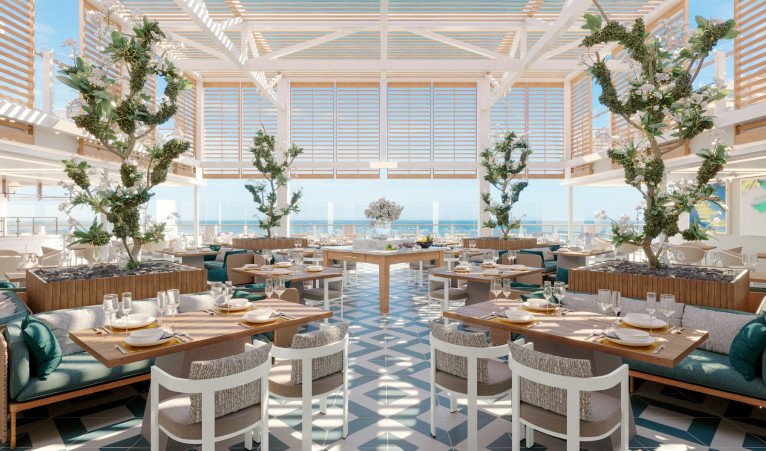

Atlantide
Atlantide offers guests our quintessential dining experience. Combining contemporary elegance and hallmark Silversea service, this classic restaurant offers our signature fine dining. Atlantide is one of our best-loved eateries, and on Silver Ray we have given it an updated design. Large picture windows, sophisticated lighting design, plus a warm colour spectrum give Atlantide a blend of high-end and whispered luxury. The menu prides itself on superb ingredients and sublime flavour combinations, from caviar to lobster to gorgeous, melt in the mouth deserts.
Images are intended as a general reference. Features, materials, finishes and layout may be different than shown.




S.A.L.T. Lab
Welcome to the S.A.L.T. Lab, an interactive space where guests can deep-dive into local culinary heritage and techniques. Join our talented chefs and learn how your region’s food is central to its culture. Engage in your destination through workshops, lectures and cooking demonstrations for an authentic souvenir not available in any shop. The S.A.L.T. Lab is not just about food and flavour; it is a unique place where holistic destination immersion gives an entirely new dimension to travelling. This is where the magic happens!
Images are intended as a general reference. Features, materials, finishes and layout may be different than shown.


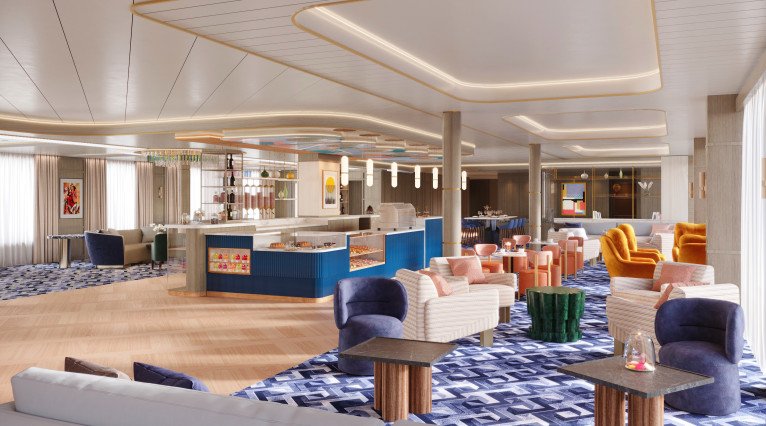




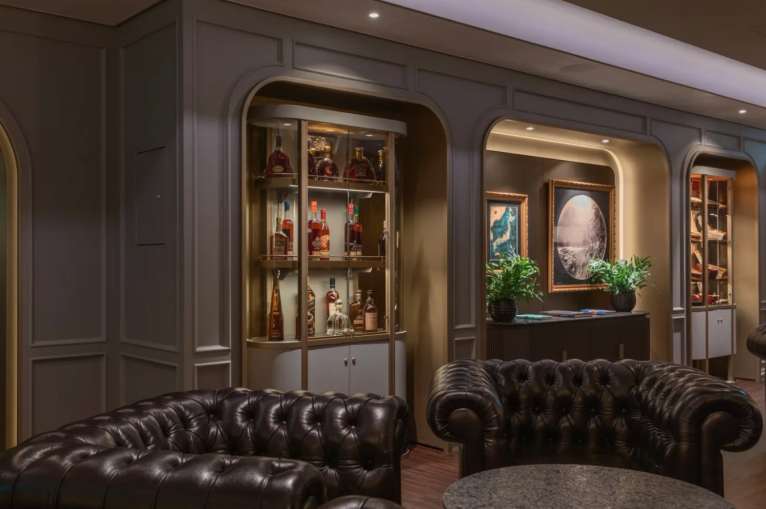


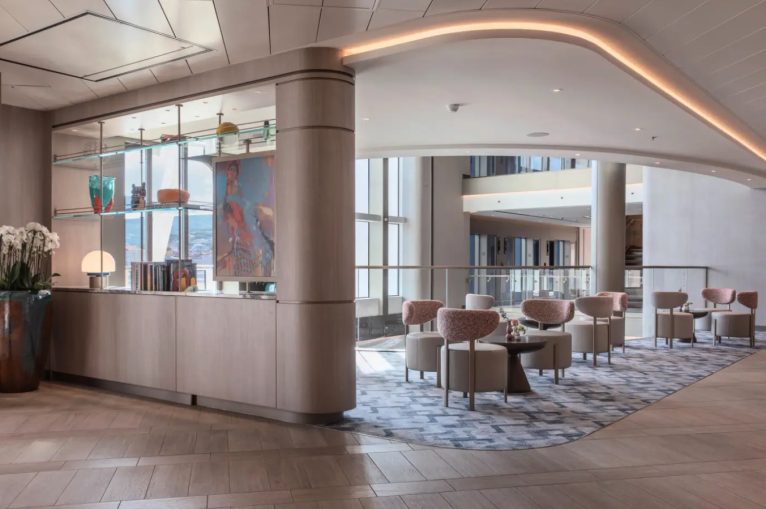
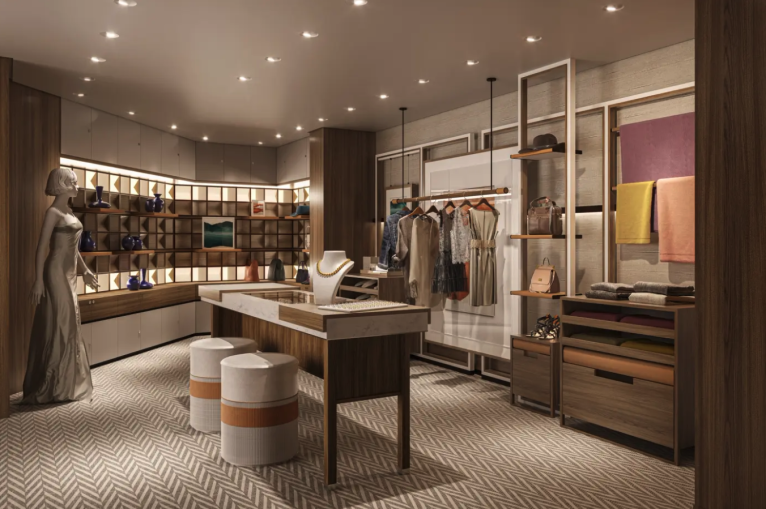

The Pool Deck
Enjoy a reimagined space where you can relax, refresh and rejuvenate on decks 10 and 11. Ample sunbeds for everyone, more space than ever before and the largest pool in the fleet – which offers exceptional 270˚ unhampered views - are just the beginning. The upper level sun deck is perfectly placed for those who want a quieter space to relax, and still enjoy those incredible, expansive views that are the hallmark of Silver Ray. But it is The Cliff Whirlpool, an infinity edge, glass fronted whirlpool, that really makes The Pool Deck something special.
Images are intended as a general reference. Features, materials, finishes and layout may be different than shown.

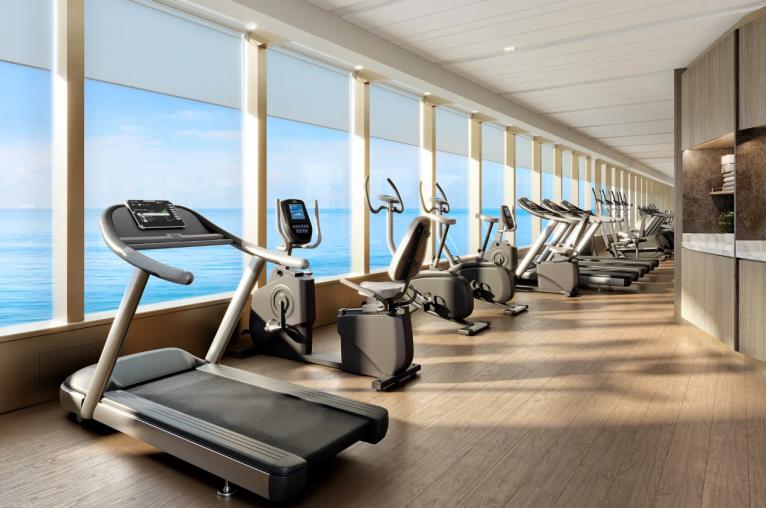
Otium Spa
Finding relaxation is one the of the principle aims of taking a cruise, so why not join us in the Otium Spa for guaranteed indulgence? Turn off your phone, slip on your robe and get ready for a bit of me time. Whether you need to unwind with a massage, perk up your skin with a facial or work up a sweat in sauna and steam room, Otium Spa offers the very latest in beauty therapy. Make every day a special occasion in Otium Spa.
Images are intended as a general reference. Features, materials, finishes and layout may be different than shown.
Deck 11

- The Cliff Whirlpool
- Sun Deck
Deck 10

- Pool Bar
- Pool Deck
- The Dusk Bar
- The Marquee (The Grill & Spaccanopoli)
- S.A.L.T. Lab
- S.A.L.T. Bar
- S.A.L.T. Chef's Table
- Library
- Observation Lounge
- Jogging Track
Deck 9

- Junior Grand Suites
- Grand Suites
- Classic Veranda Suites
- Superior Veranda Suites
- Medallion Suites
- Deluxe Veranda Suites
- Premium Veranda Suites
- Signature Suites
- Premium Medallion Suites
- Master Suites
Deck 8

- Classic Veranda Suites
- Silver Suites
- Medallion Suites
- Superior Veranda Suites
- Premium Veranda Suites
- Deluxe Veranda Suites
- Owner's Suites
- Signature Suites
- Grand Suites
- Master Suites
- Premium Medallion Suites
- Master Suites
Deck 7

- Grand Suites
- Medallion Suites
- Classic Veranda Suites
- Superior Veranda Suites
- Silver Suites
- Premium Veranda Suites
- Deluxe Veranda Suites
- Medallion Suites
- Signature Suites
- Premium Medallion Suites
- Otium Suites
- Master Suites
Deck 6

- Junior Grand Suites
- Classic Veranda Suites
- Medallion Suites
- Silver Suites
- Superior Veranda Suites
- Premium Veranda Suites
- Deluxe Veranda Suites
- Medallion Suites
- Signature Suites
- Master Suites
- Otium Suites
Deck 5

- Otium Spa
- Fitness Centre
- Beauty Salon
- Casino
- Boutique
- Dolce Vita
- Silver Note
- Library
- Connoisseurs Corner
- Panorama Lounge
Deck 4

- La Dame
- Venetian Lounge
Boutique
- Arts Café
- Shore Concierge
- Atrium
- Kaiseki
- La Terrazza
- Reception
Deck 3

- The Shelter
- Atlantide
- S.A.L.T. Kitchen
Silver Ray Cabins & Suites

































-large_thumb.jpg)









